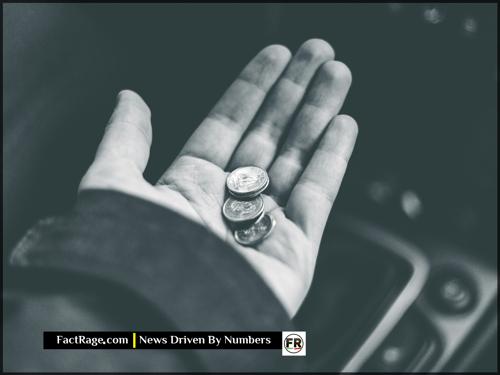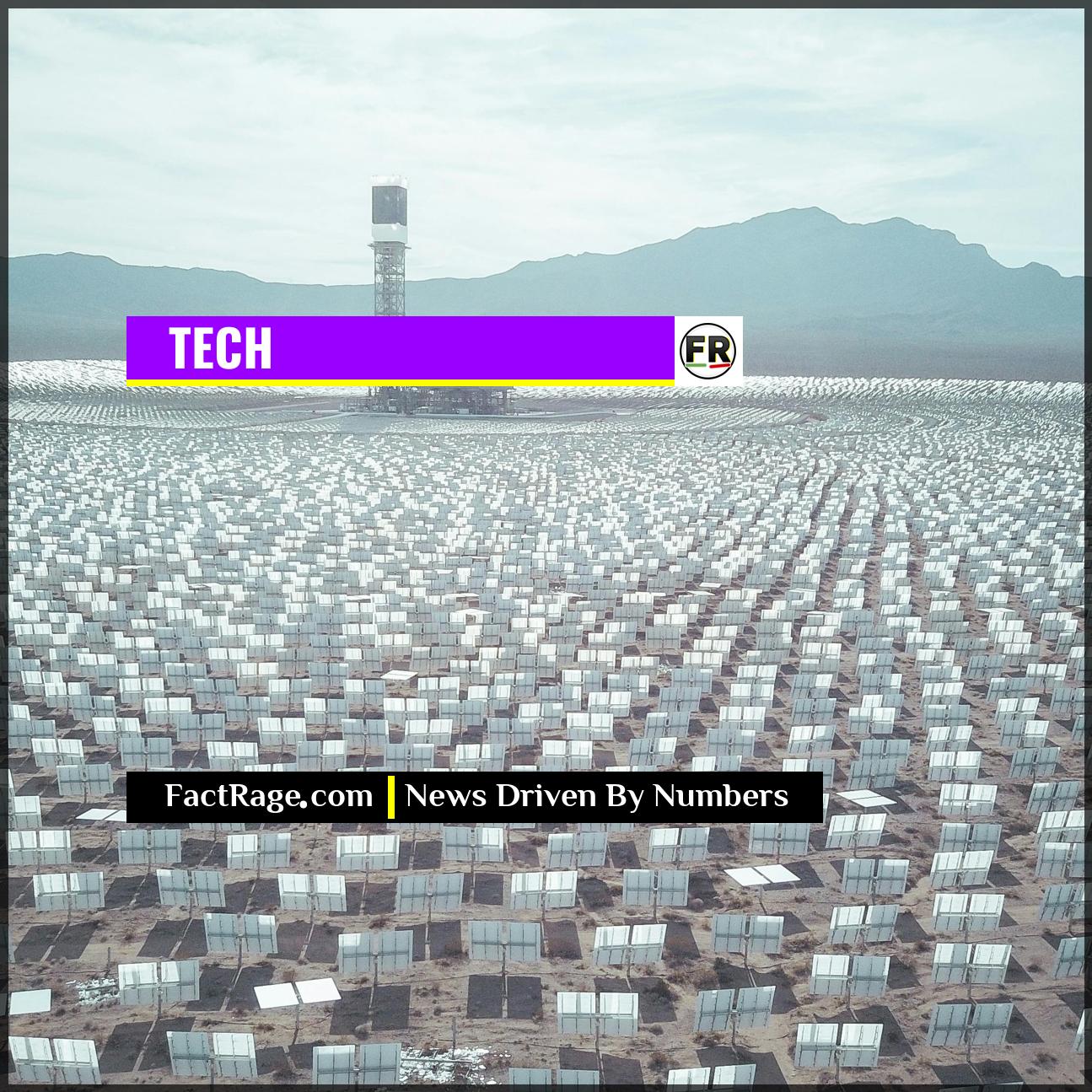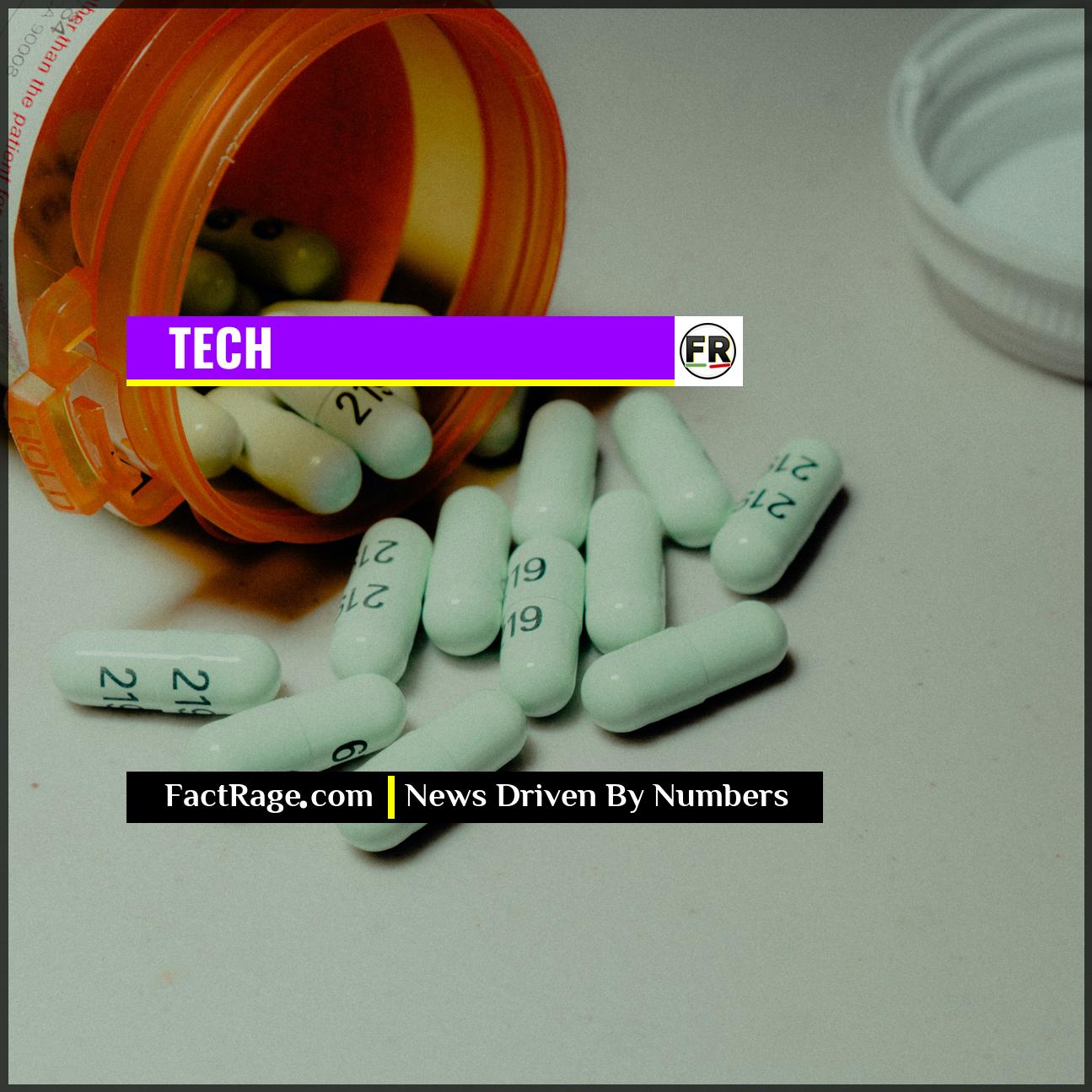WASHINGTON, DC – The federal government has now canceled over $172 billion in student loan debt for approximately 4.9 million Americans through a series of targeted actions, bypassing the need for new legislation by utilizing existing federal authority.
- Total Relief To Date – As of July 2025, cumulative forgiveness actions under the Biden administration total $172 billion for 4.9 million borrowers, primarily through adjustments to existing repayment and forgiveness programs.
- Key Forgiveness Programs – The bulk of this relief comes from the Saving on a Valuable Education (SAVE) plan, fixes to Public Service Loan Forgiveness (PSLF), and relief for borrowers with disabilities or those defrauded by schools.
- Ongoing Policy Mechanism – Unlike the one-time mass cancellation plan struck down by the Supreme Court in 2023, current forgiveness operates by modifying rules for programs authorized under the Higher Education Act of 1965.
This ongoing wave of debt cancellation has raised significant questions about who benefits, the cost to taxpayers, and the overall effect on the U.S. economy. An analysis of the data behind these programs reveals the mechanics and impacts of this targeted approach to student debt.
Beyond the Headlines: The Policy Engine Driving Debt Relief
![]() The public debate over student loan forgiveness is often framed as a simple political battle, but the real story lies in the complex machinery of existing law and regulatory changes. Billions in debt are being canceled not through one grand act, but through a series of targeted adjustments to programs that have been on the books for years. Understanding these policy mechanics is essential to separating the political noise from the factual reality of who benefits and what it costs.
The public debate over student loan forgiveness is often framed as a simple political battle, but the real story lies in the complex machinery of existing law and regulatory changes. Billions in debt are being canceled not through one grand act, but through a series of targeted adjustments to programs that have been on the books for years. Understanding these policy mechanics is essential to separating the political noise from the factual reality of who benefits and what it costs.
Read On…
This article moves past the talking points to analyze the data, revealing how these forgiveness programs function and their tangible economic impact.
How Are These Loans Being Forgiven?

The current strategy for student loan forgiveness relies on regulatory adjustments to long-standing federal programs, rather than a single, sweeping executive order. The primary vehicle is the Saving on a Valuable Education (SAVE) Plan, an income-driven repayment (IDR) program. Under SAVE, borrowers with original loan balances of $12,000 or less can receive full forgiveness after just 10 years of payments, a significantly shorter timeline than the previous 20-25 year requirement.
Additional forgiveness has been granted through:
- Public Service Loan Forgiveness (PSLF): The Department of Education implemented fixes to address past mismanagement of the program, which provides tax-free forgiveness for government and non-profit workers after 120 qualifying payments. These adjustments have resulted in approvals for tens of thousands of borrowers previously denied on technicalities.
- IDR Account Adjustments: A one-time review of all IDR accounts is crediting borrowers for past periods of repayment, forbearance, and deferment that previously did not count toward forgiveness, accelerating their path to relief.
- Borrower Defense and Disability Discharges: The administration has also streamlined processes for borrowers who were defrauded by their educational institutions or who have a total and permanent disability.
What the Data Reveals About Beneficiaries and Costs
According to Department of Education data, the beneficiaries of these programs are varied. The early forgiveness component of the SAVE plan primarily benefits those who attended community college or took out smaller loans for undergraduate degrees. The fixes to PSLF have provided significant relief to public school teachers, nurses, and other civil servants. Loan servicing companies, such as the publicly traded Nelnet, continue to play a central role in implementing these complex program changes.
The question of cost is a central point of debate. While the current forgiveness is disbursed over time as borrowers meet eligibility thresholds, critics point to the long-term fiscal impact. The Congressional Budget Office (CBO) has provided various estimates for different components of the plans. For instance, the CBO projected that modifications to IDR plans, including the SAVE plan, would increase the deficit by hundreds of billions of dollars over the next decade. Supporters, however, argue that much of this debt was unlikely to be fully repaid anyway, and that providing relief allows borrowers to better participate in the economy.
The Ongoing Debate: Economic Effects and Fairness
The economic impact of targeted student loan forgiveness remains a subject of intense analysis. Proponents argue that relieving debt burdens, particularly for lower- and middle-income borrowers, acts as an economic stimulus. With less debt, individuals are more likely to spend, invest, start businesses, and make major life purchases like homes, boosting overall economic activity.
Conversely, opponents raise two primary concerns: inflation and fairness. Some economists argue that injecting billions of dollars of consumer spending power into the economy could risk fueling inflation, especially when demand outstrips supply. The second concern revolves around fairness to borrowers who have already paid off their loans or chose not to attend college due to cost. This debate highlights the fundamental policy questions about the role of government in financing higher education and addressing the national $1.7 trillion student debt crisis. Unlike a one-time cancellation, this programmatic approach continues to reshape the financial landscape for millions of Americans on an ongoing basis.
The Policy Equation Behind the Payouts
![]() Ultimately, the story of student loan forgiveness is less about a single, grand gesture and more about the intricate mechanics of policy implementation. By leveraging existing authority within the Higher Education Act, the current strategy sidesteps legislative gridlock to enact significant financial change, revealing how executive power can reshape a national debate. While arguments over economic fairness and fiscal impact will certainly persist, the data demonstrates a clear and ongoing alteration of the financial landscape for millions. Understanding this process—the “how” behind the headlines—is crucial to grasping the long-term political and economic equation at play.
Ultimately, the story of student loan forgiveness is less about a single, grand gesture and more about the intricate mechanics of policy implementation. By leveraging existing authority within the Higher Education Act, the current strategy sidesteps legislative gridlock to enact significant financial change, revealing how executive power can reshape a national debate. While arguments over economic fairness and fiscal impact will certainly persist, the data demonstrates a clear and ongoing alteration of the financial landscape for millions. Understanding this process—the “how” behind the headlines—is crucial to grasping the long-term political and economic equation at play.












